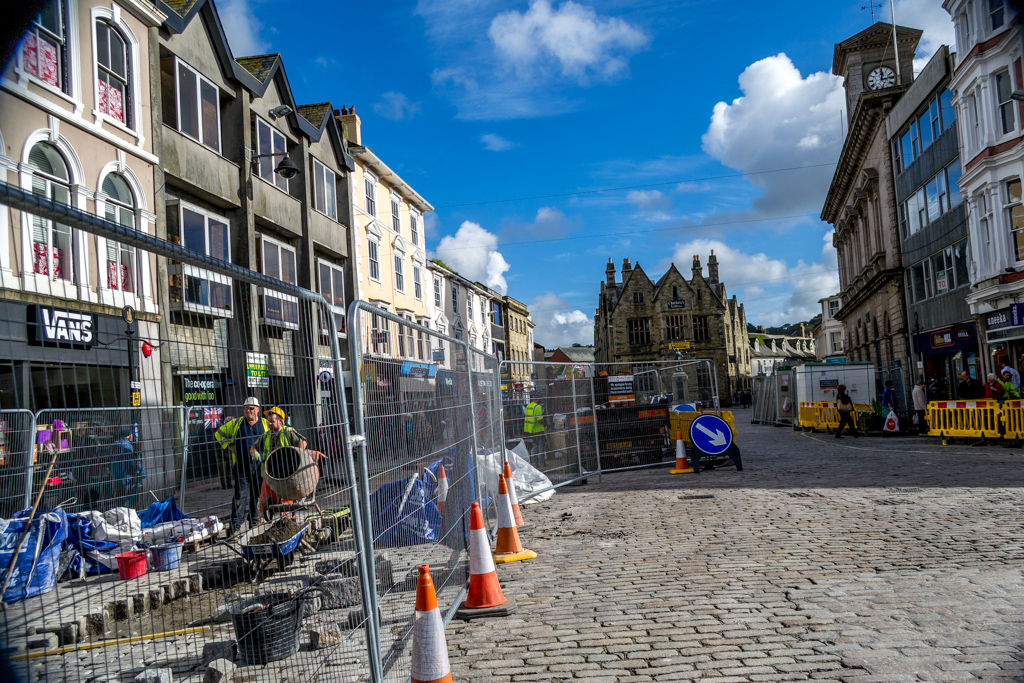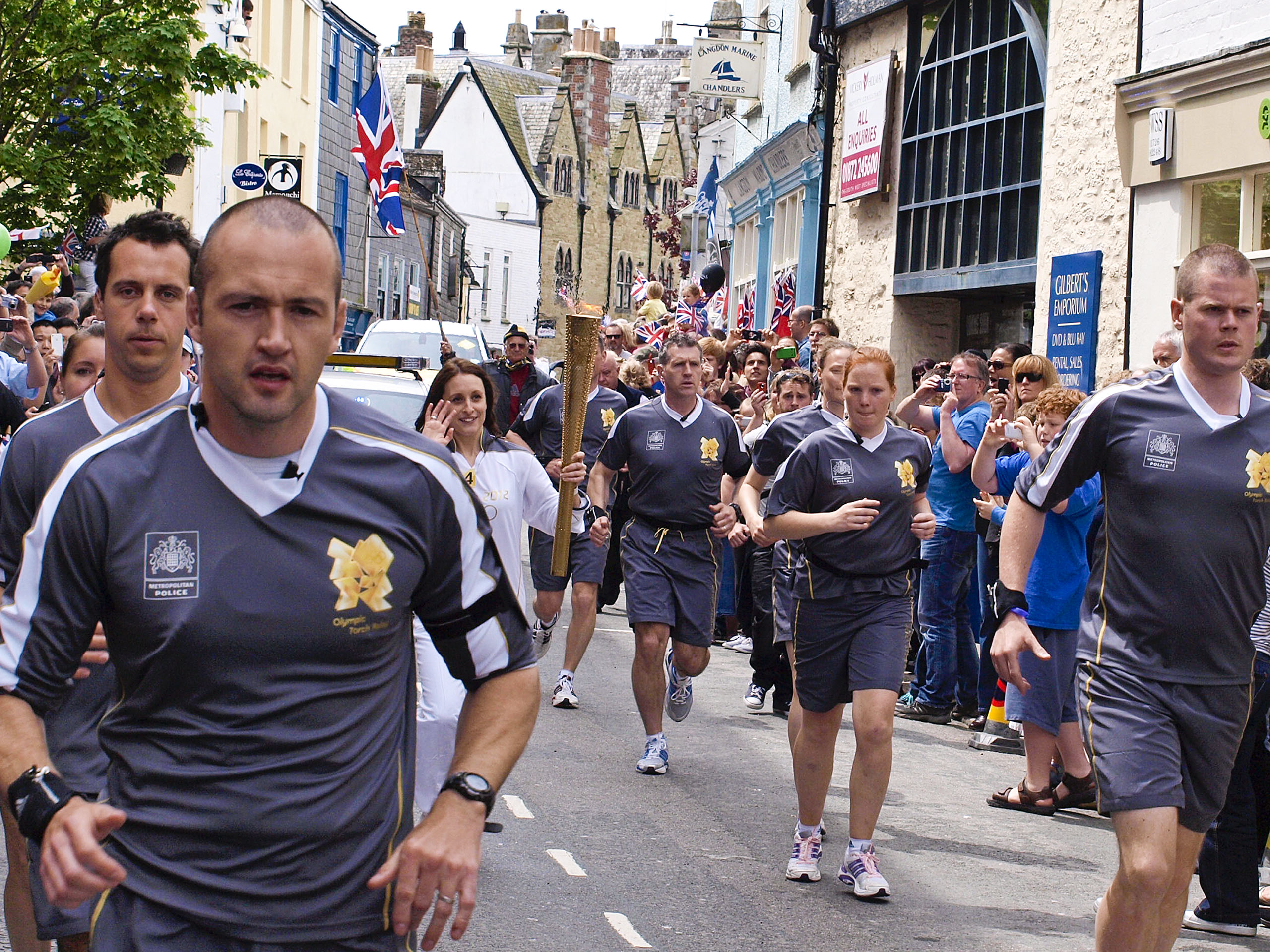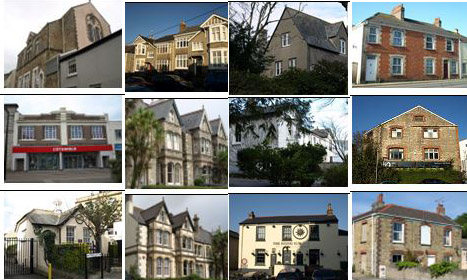Spring Report
We come to the end of yet another turbulent, discomforting year when loss and disappointment overwhelm and eclipse small local positives.
Our town is slumped beneath recession, road works, park and ride, the biggest winter storm for decades, rent and rates which bely the realities of trade, and with a local authority beset with demands that it reduce expenditure by alarming amounts at a time when recovery and remediation strongly suggest it should have resource to intervene, to support and stimulate.
The EU Structural Funds Programme began in January 1914. Cornwall remains uncertain about who is managing the programme, what the rules and criteria are for investment, and who will be leading the effort – the Local Enterprise Partnership, the Council, the Government or a fireman from North Yorkshire!!
Any trading enterprise relies on the quality of its brand. Even here Truro is beset with difficulty. Nowhere is this more apparent than in the incredible machinations of the Police Force – not the people on the beat but the senior management. Apart from sitting in the middle of a recession spending thousands on populating the office of the Commissioner (a dubious role at best!), Truro is seeing its Police Station at Trafalgar demolished (in August!) and removed to a poky little office block at the top of Pydar Street – an obscure location, too small, no parking (secure or otherwise), no facility for CCTV and less rhyme than the sadly lacking reason for doing this.
How does banishing the Police to a back street location which will require split-site working affect Truro’s brand? Because we trade on a few important factors – accessibility, compactness, safety, an attractively historic town centre which features many layers of architectural and cultural expression built well, conserved in depth, a good mix of local and national firms, rivers and parks. The economy has daytime and night-time elements, and it is the night time economy that seems least served by this move – the Society has done its best to challenge both the loss of the brutalist Police Station and to stand up for Truro’s brand values – to little or no avail. Common sense and aesthetic sensibility have gone the way of compassion and geographical realism.
It never occurred to me that, as we grappled with trying to deter both Cornwall Council and the Duchy of Cornwall from despoiling 55 acres of good quality farmland in the open countryside at Work House Cross, that the result would be a very wide sense of disbelieving disgust at the hypocrisy practised by the sovereign Duke in calling for investment and respect for agricultural life and industry on the one hand, and eventually causing the tenant of Tresemple Farm to sell his prime dairy herd as the result of the loss of those 55 acres. Even amongst those for whom Waitrose seems to be a prize worth sacrificing anything for, there is disbelief that words and actions in one whose symbolic role in British life is to stand for truth, goodwill, peace and integrity can be so contradictory.
And then we turn to the archaeology of the Tregurra Valley and incredulity turns to anger (at least, that is how I feel!). It seems that English Heritage misinterpreted the geo-physical survey data and failed to identify the major feature which was later revealed. If this mistake had not been made then it is likely that a dig would have been required as a prerequisite to the application being determined. As it turned out, the dig was the product of a Condition. This revealed a number of things – firstly, and most importantly, an 80’ diameter causewayed enclosure, which may or may not have religious significance, and may possibly be a henge. It dates to the neolithic period and is a most important find which, had consent not been granted prior to discovery, would have resulted in it being scheduled as an Ancient Monument.
Secondly, the dig revealed a complex array of field systems, with a Neolithic system being superseded in Medieval times and again in the 18th/19th century. We know from this that this land has been farmed for most of the period of known habitation, and this only serves to rub-in the loss to agriculture. It is noteworthy that, in May/June the developers will receive a visit from the Neolithic Society to examine the soils and other aspects of the site.
Thirdly, a significant and very attractive object – what is, I think, a Neolithic slate gaming board.
Desp[ite all this, as well as despicable attempts to re-classify the agricultural quality of the land without any formal legal process, the consent was granted. We must now watch the despoliation of this beautiful and useful valley, its subjugation to utilitarian functionality, luxury shopping and a ‘small’ number of houses aimed at opning up the rest of the Tregurra Valley and land between Tresillian and the railway line to development – three cheers at Tregothnan, no doubt!
At the other end of ‘Greater Truro’, in Kenwyn Parish, there is still vacuous talk about a stadium, 1500 houses with no access road and, as far as I know, an unresolved conundrum regarding sewage disposal. Apparently the developer will only build his part of the ‘Northern Access Road’ if two other consents are granted which require the rest of it to be done – no pressure there then! We now have the two applications going through the system.
Meanwhile, Truro City Council continues with its Neighbourhood Plan, which is said(by DCLG) to be the thing which will give us the ability to say where things are built – except that all that will have been done by the time the Plan completes its endurance test of a preparatory, consultative and approval process – all, in itself a risk as it relies on a local referendum.
Good news: ‘Hall for Cornwall’ is applying for funds to imaginatively use the Boscawen Street foyer.
Mr Nolan bravely used his casting vote to refuse Coyte Farm – we await the appeal.
The owners of Higher Newham are canvassing support for a community farm and restaurant with 100 or so houses on the crown of the hill. What is true is that Higher Newham continues to be farmed quite productively it seems without all this, and continues to play a very significant role in the landscape setting of both Truro and the AONB.
I hope to bring forward the long-awaited lecture by John Stengelhofen about Brutalism in Truro and what we should preserve to give of our period to the future. I also hope that we can mount a debate about the Local Plan during its final consultation period. I hope that the debate will include two leading lights in the ongoing and serious dynamic over future planning.





